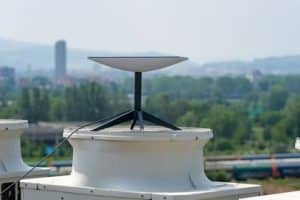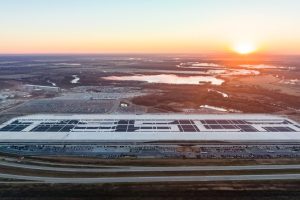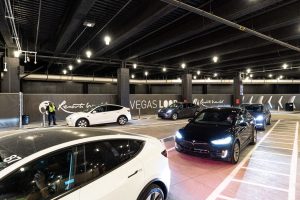Key Points
- 🚗 Tesla is leading the race to build roadside EV chargers in the United States.
- 🏆 Three out of five fast chargers in the US are Tesla Superchargers.
- 💰 Tesla is securing millions worth of federal grant awards for charging infrastructure.
- 🛠️ Tesla is installing Superchargers faster and at lower costs compared to rivals.
- 💡 Tesla’s Supercharger Network is not primarily focused on profit-making.
- 💲 Revenue from the Supercharger Network could reach $10 billion in a decade.
Tesla is dominating the electric vehicle charger race in the United States, with the company building out its rapid charging infrastructure faster and more cost-effective than rivals. This has allowed Tesla to secure millions worth of federal grant awards, which are part of a national effort to build out a proper charging network in the US.
Tesla’s Supercharger Network has long been considered a competitive advantage for the electric vehicle maker due to its ease of use, reliability, and coverage. Tesla, however, has maintained that the Supercharger Network is no walled garden, and the company proved this by opening up its chargers for non-Tesla electric cars. Tesla also opened its EV connector, the North American Charging Standard (NACS), to the market.
As noted in a report from The Wall Street Journal, some states are now starting to release the first wave of funding from the $5 billion that’s intended to build out an EV charging network for the United States. The funds were approved in the 2021 federal infrastructure law, and are being released over five years. There’s quite a lot of work to be done, with government data noting that there are only about 33,400 fast chargers in the US.
And as it turns out, three out of five of all fast chargers in the United States are Tesla Superchargers. This is primarily due to the fact that the Supercharger Network has been built out over the past decade, thus providing Tesla with the experience and expertise to ramp its charging efforts. As noted by the WSJ, Tesla is installing its Superchargers faster than its rivals, and the company is accomplishing it at a cost that’s 20% to 70% lower.
The electric vehicle maker has won bids to build out chargers at about 18% of the sites elected by US states using federal dollars. That’s more than any other company, as noted by EV charging analytics firm EVAdoption. Roughly $77 million have reportedly been granted so far, and Tesla has won $8.5 million of the number.
Tesla’s experience in the electric vehicle sector was evident in the company’s plans and bids, the report noted. Tesla’s bids reportedly averaged about $392,000 per site, while the average from other companies was around $795,000. Most of the time, Tesla also looked to install eight chargers, at times even a dozen, per site. Other companies, however, are reportedly still standing by the minimum of at least four rapid chargers per station that’s required by the federal government.
Perhaps one edge that Tesla has over its rivals is the fact that the Supercharger Network is not really intended to be a key money-maker for the company. Estimates from analysts at Piper Sandler, for example, noted that revenue from the Supercharger network could reach about $885 million next year and $10 billion in a decade. Even if the network’s revenue reaches $10 billion then, Tesla’s total revenue at the time could be over $700 billion.





